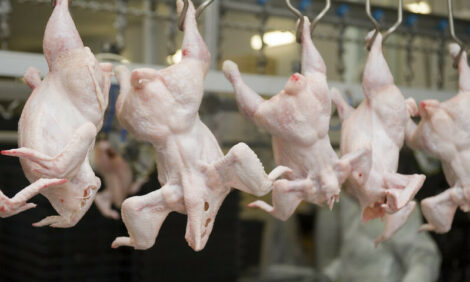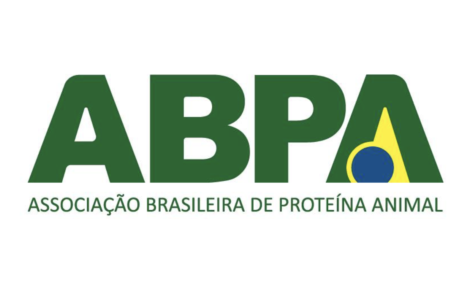



Draft EESC Opinion Welcomes Animal Health Strategy
EU - A new EU animal health strategy, focusing on the prevention of animal disease has been ratified by the European Economic and Social Committee (EESC).It appears that the health strategy has been given the green light. Mr Nielson, Rapporteur for the EESC's 2006 Opinion on the Community Animal Welfare Action Plan (2006-2010), says that the draft Opinion "basically welcomes the European Commission's initiative to develop a new Animal Health Strategy for the period 2007-2013, with its special focus on prevention. Nevertheless," he continued, "we're particularly concerned about the public health risks associated with the spreading of animal diseases.
"The draft opinion therefore supports a preventive strategy while recommending the need to develop exit strategies under crisis management."
* "The draft opinion therefore supports a preventive strategy while recommending the need to develop exit strategies under crisis management." |
|
Mr Nielson, Rapporteur for the EESC's 2006 Opinion on the Community Animal Welfare Action Plan (2006-2010.
|
The draft opinion recommends developing operational and measurable indicators with a view to implementing the Strategy and measuring its progress. A definition of an "acceptable level of risk´ is necessary, furthermore while prioritising the application of precautionary measures, also setting procedures for exit strategies following a crisis
It also says that the EU should aim at membership of the World Organisation for Animal Health (OIE), as this would improve convergence with OIE standards. At the same time, the EU should assist developing countries in bringing about a good understanding of EU legislation.
According to Mr Nieson the draft opinion also recommends, "Considering having regionalisation in the form of harmonised criteria and a requirement for testing/quarantine arrangements, as well as the application of 'compartmentalisation'.
"Reviewing legislation on transport of live animals. Given increased risks resulting from long animal journeys (such as new transport routes to countries outside the EU, more contact with countries where conditions are unstable, the continued concentration of animal stocks in certain areas of the EU ), the EESC feels there is a need to consider limiting the transport of live animals;"








